This month I am switching up our usual format to provide you with a two-part Shout Out about the great work happening at the Dennis Farm, an 18th century African American farm in northeastern Pennsylvania. It makes sense to learn more about this amazing place during African American History Month from Denise Dennis, President & CEO of the Dennis Farm Charitable Trust, which is the farm’s 21st century caretaker.
Three Centuries of the Dennis Farm: Looking Forward, Part 1
By Denise Dennis, President & CEO of the Dennis Farm Charitable Land Trust
The beautiful, 153-acre historical site in Northeast Pennsylvania known as the Dennis Farm illuminates an extraordinary chapter in African American history, while reflecting the story of the United States from the years immediately after the American Revolution to the present. The farm is listed on the National Register of Historic Places (it also has a PHMC historical marker) and its artifacts and photographs are featured in the Smithsonian’s National Museum of African American History and Culture (NMAAHC) in Washington, DC.
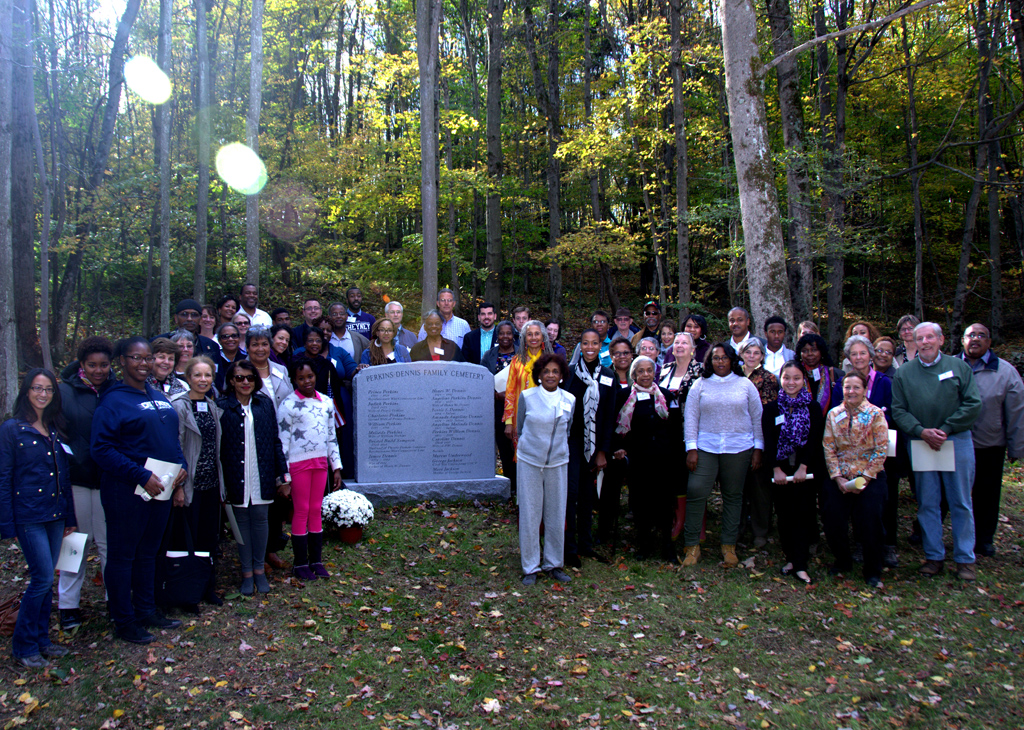
Photo from the 2nd Annual Charitable Land Trust symposium on October 8, 2014. Image courtesy of Dennis Farm Charitable Land Trust.
To me, though, the farm is personally meaningful because my ancestors settled it more than two centuries ago.
Nineteenth Century
In 1793, when George Washington was beginning his second term as President of the United States, my great-great-great-great grandparents Prince and Judith Perkins, free African Americans from Connecticut, came with their children to what is now Northeast Pennsylvania and purchased land. To put this in perspective, it’s worth noting that at that time, ninety percent of African Americans were enslaved and lived in the South and of the ten percent who were free, very few were landowners. To own land was the key to real freedom.
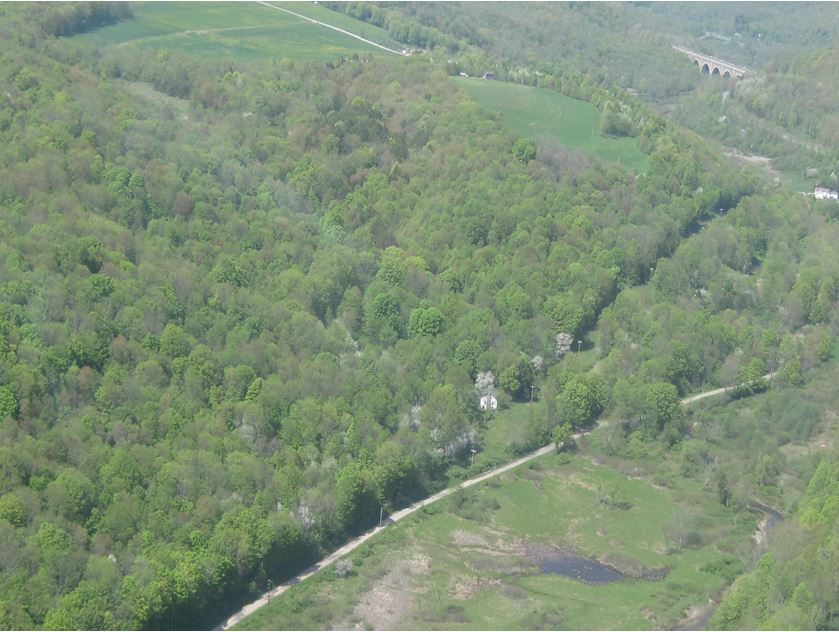
Aerial view of Dennis Farm, included as Figure 1 in the property’s National Register Nomination prepared by Wade Catts/RPA, Douglas McVarish/Architectural Historian, and Tom Scofield, AICP.
Before the Revolutionary War, the upper tier of Pennsylvania was a part of Connecticut and the region’s first non-Native American residents were Connecticut colonists who built homesteads in Wyoming Valley. In fact, soldiers from the region who fought in the Revolution served in the Connecticut Line of the Continental Army. After the war, the Treaty of Trenton (1799) determined that the region would be a part of Pennsylvania.
The Perkins family was one of the first Connecticut families to settle in the mountains north of the Wyoming Valley settlements. With money he earned in the Revolution for fighting for the town of Norwich, CT, Prince Perkins (1750-1839) made his first land purchase in Tunkhannock and two purchases later, bought the farm were he lived until his death in 1839. In the mid-nineteenth century, following the death of his son and heir William Perkins, Prince Perkins’ granddaughter Angeline Perkins Dennis (1832-1873) and her husband Henry W. Dennis (1815-1882) expanded the farm and passed it to subsequent generations.
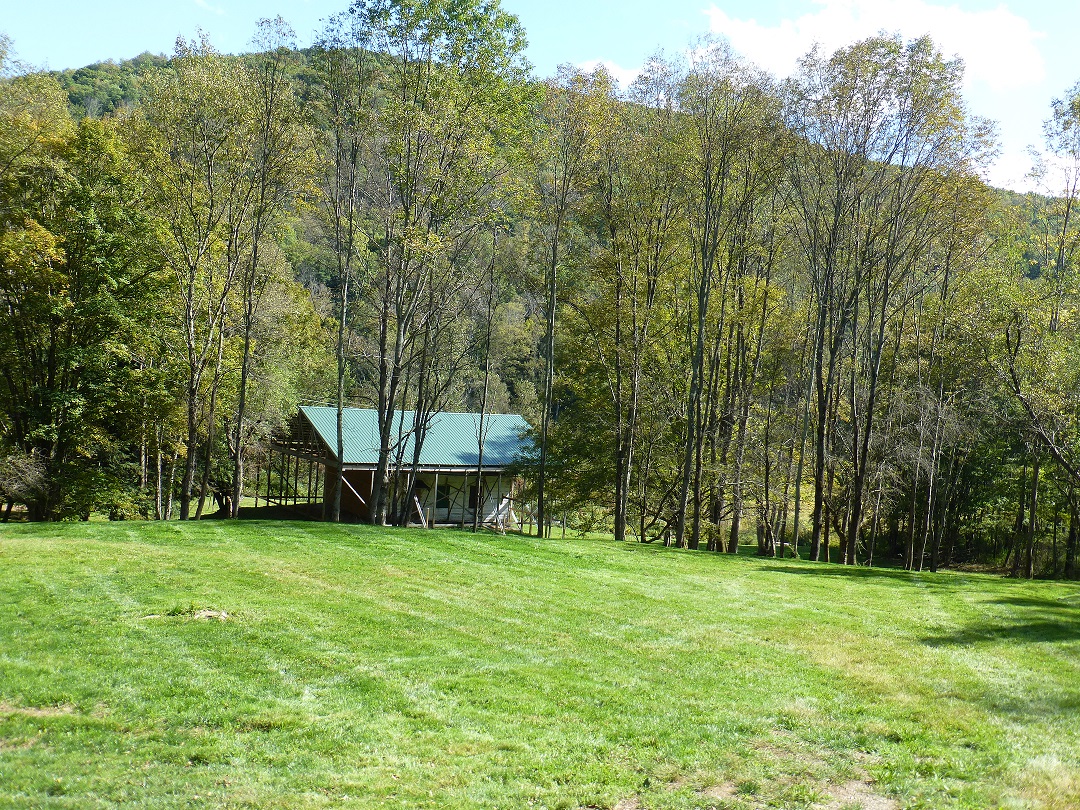
Dennis Farm property. Image courtesy of the Dennis Farm Charitable Land Trust.
Henry Dennis, whose parents were originally from Massachusetts, was a Vermont-born free African American whose family came to Pennsylvania in 1818. His father, James Dennis (1774-1862), was a teamster in the War of 1812, recruited by a young Vermont lieutenant, Thaddeus Stevens, who later became a US Congressman from Pennsylvania and a champion of civil rights for African Americans. James Dennis’ birth, August 14, 1774, is the first one recorded in the Dennis Family Bible.
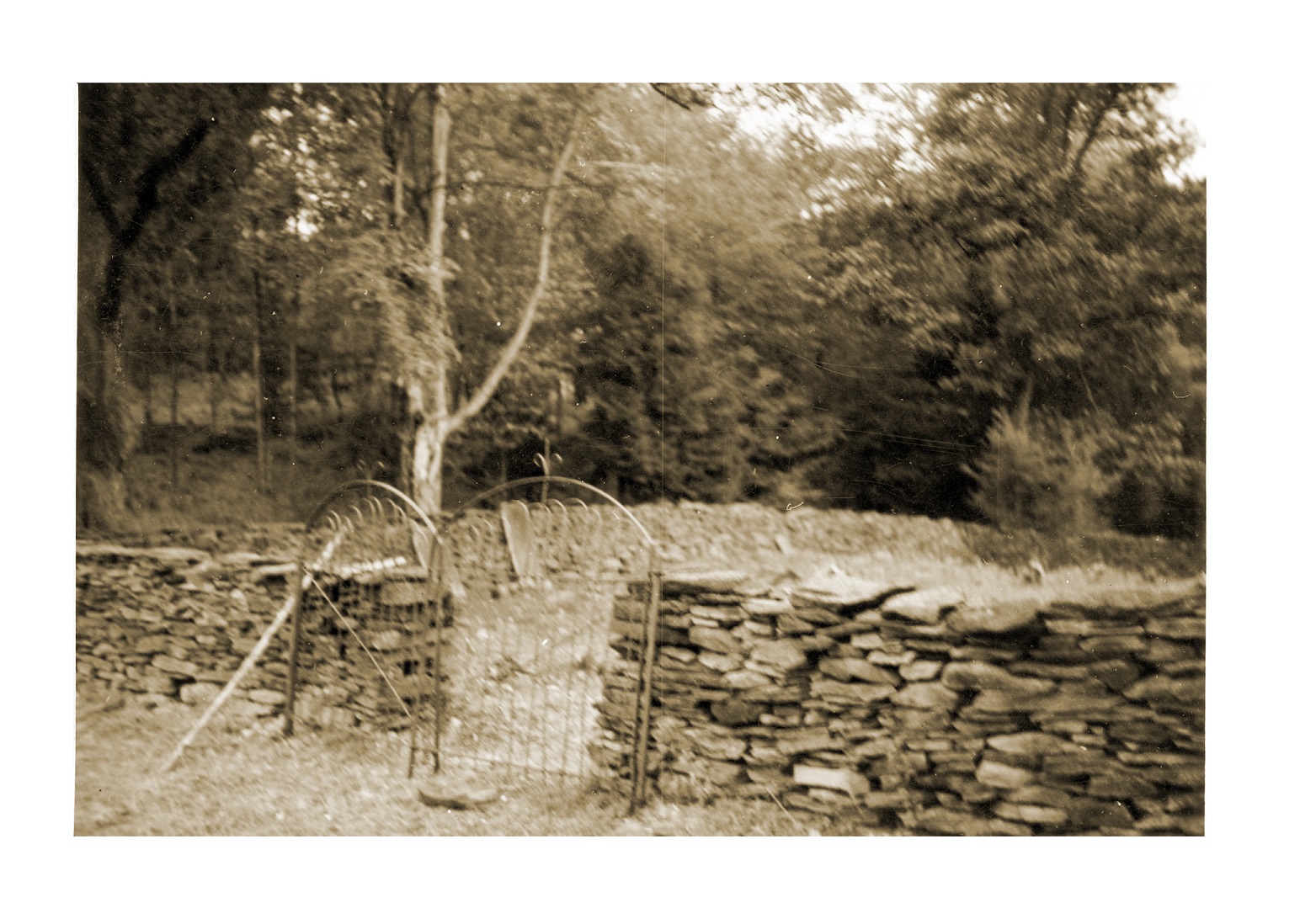
Historic photo showing entrance to Perkins-Dennis Cemetery. Image courtesy of Dennis Farm Charitable Land Trust.
Today, my Perkins and Dennis ancestors are resting in the Perkins-Dennis Cemetery on the farm’s woodland hilltop. The Perkins’ son-in-law, Bristol Budd Sampson, also a veteran of the Revolutionary War (d. 1848) and the husband of their daughter, Phoebe Perkins Sampson, is also buried in the cemetery, along with other family members. Sampson became blind after the war and received a pension for disabled veterans from 1821 until his death, after which Phoebe received widow’s benefits.
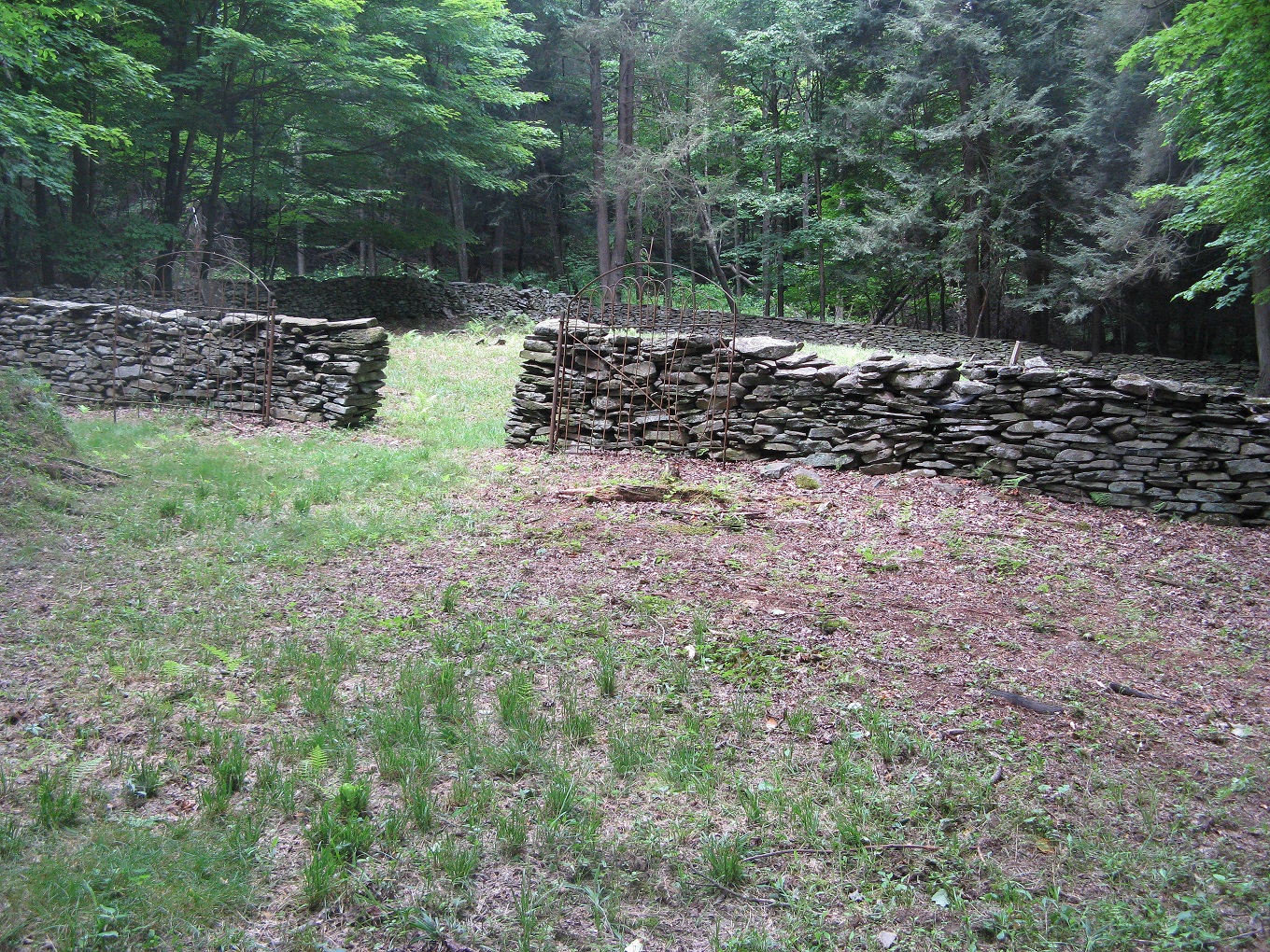
Current photo of the family cemetery. Image courtesy of Dennis Farm Charitable Land Trust.
The farm served as a stop on the Underground Railroad, which ran through Northeast Pennsylvania into upstate New York. Some of the souls who died en route to freedom and a Civil War veteran are buried in the Perkins-Dennis Cemetery, as well. Thus, in this one family cemetery rest African American veterans of the America Revolution, the War of 1812 and the Civil War.
To be continued…
Make sure to come back next week and learn more about the Dennis Farm and how the Trust works toward its preservation. In the meantime, please take a few minutes to hear Denise Dennis talk about the farm at the 2017 PA Farm Show earlier this year.
Comment Policy
PHMC welcomes and encourages topic-related comments on this blog. PHMC reserves the right to remove comments that in PHMC’s discretion do not follow participation guidelines.
Commenters and Comments shall be related to the blog post topic and respectful of others who use this site.
Commenters and Comments shall not: use language that is offensive, inflammatory or provocative (this includes, but is not limited to, using profanity, obscene, or vulgar comments); disparage other commenters or people; condone illegal activity; identify the location of known or suspected archeological sites; post personal information in comments such as addresses, phone numbers, e-mail addresses or other contact details, which may relate to you or other individuals; impersonate or falsely claim to represent a person or an organization; make any commercial endorsement or promotion of any product, service or publication.
If you would like to comment on other topics not related to this blog post but related to PHMC, please fill out the PHMC Contact Us Form.
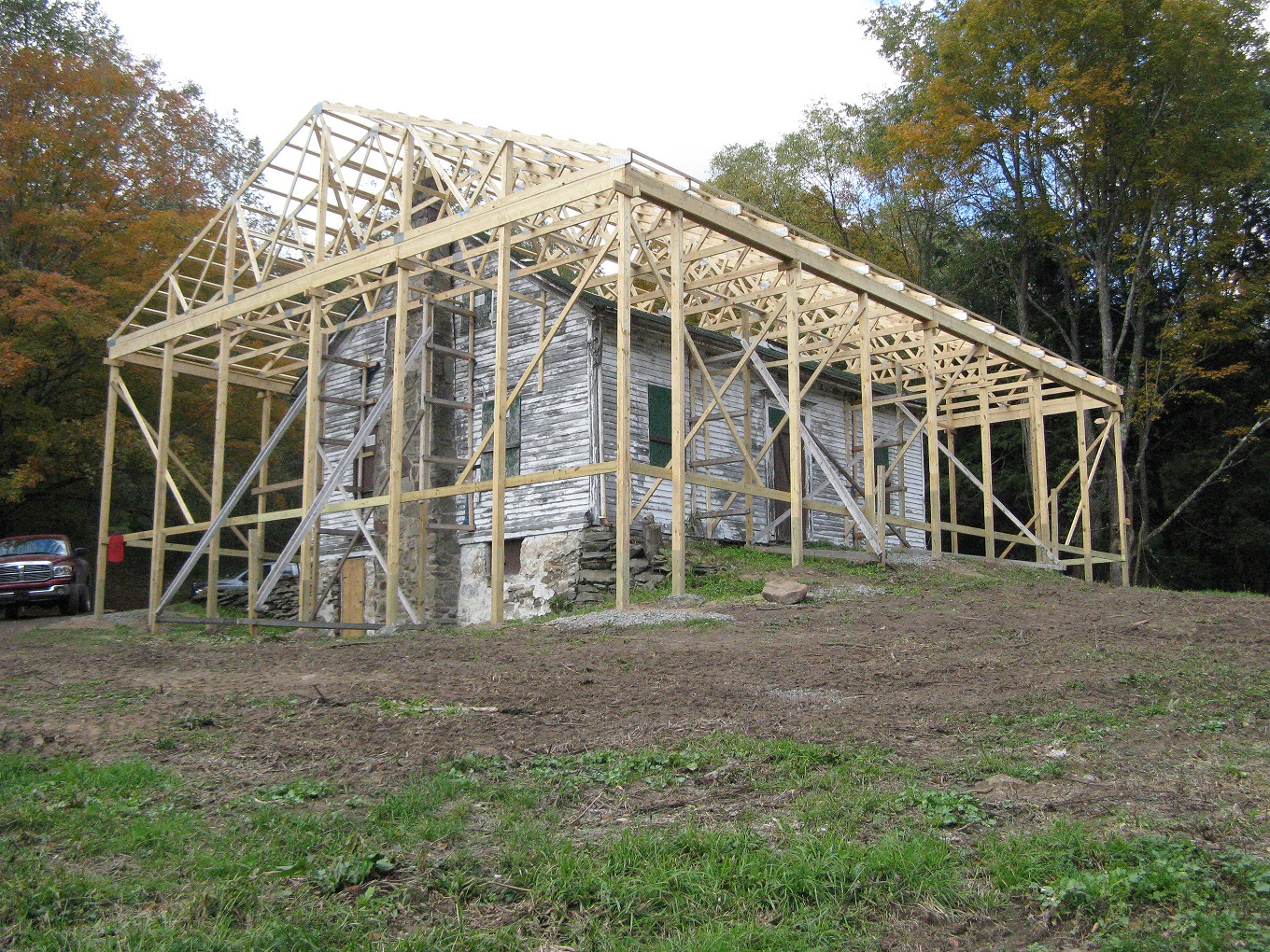
I am a lifelong resident of Susquehanna County and a retired history teacher. I have seen the structure in my travels and was curious about its significance. What is the address/location?
J.R. Benson, Susquehanna, PA
thank you for all that you are doing. met your brother this weekend in Philly. Did interview with him for podcast, Urban Islanders. Want to help .please be in contact. My family has land in So.Carolina. Will be in family 100 years as of 2021. Need help with this as well. Thank you